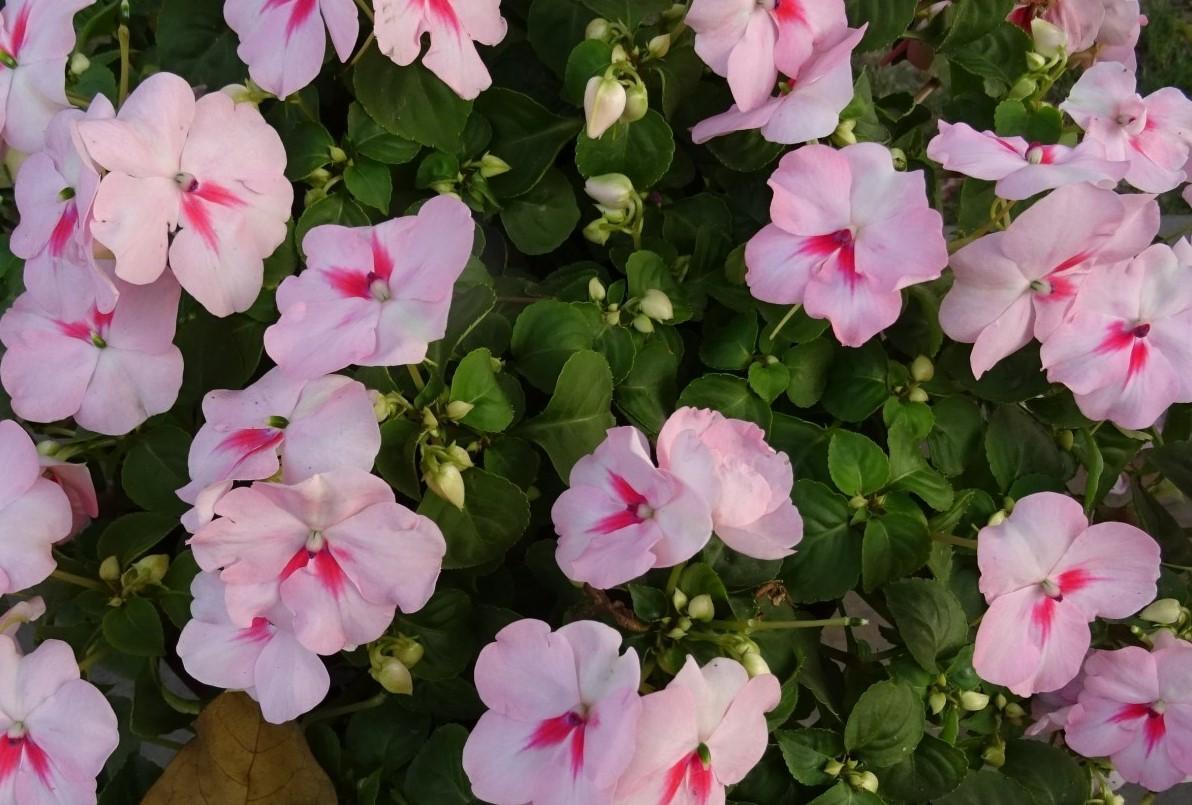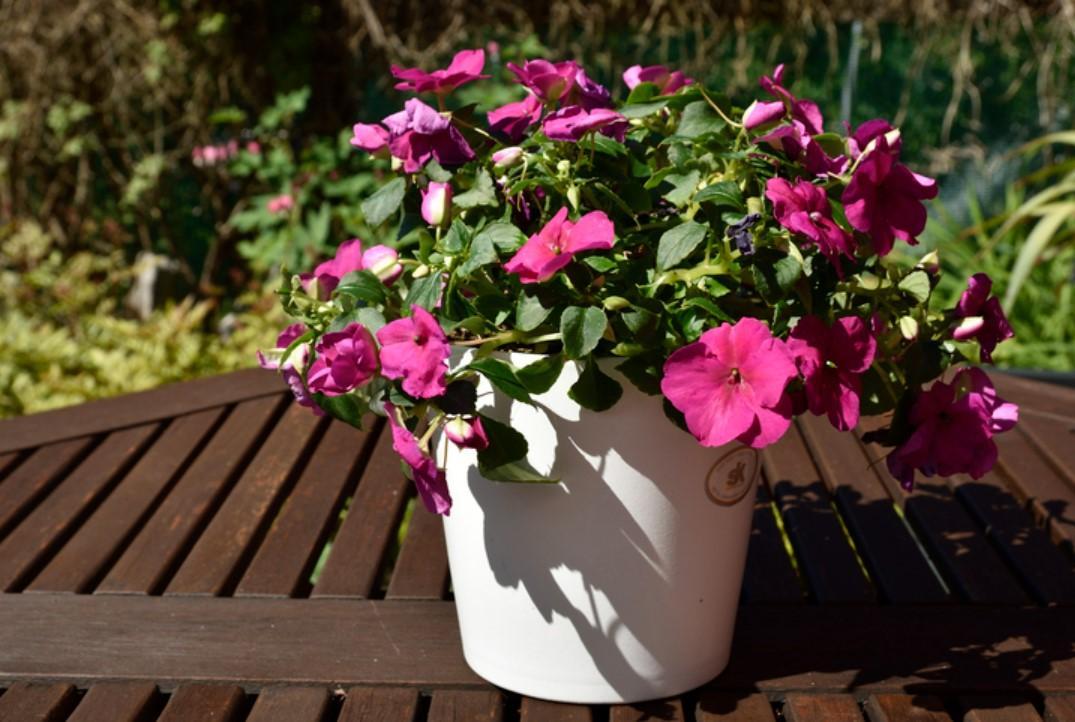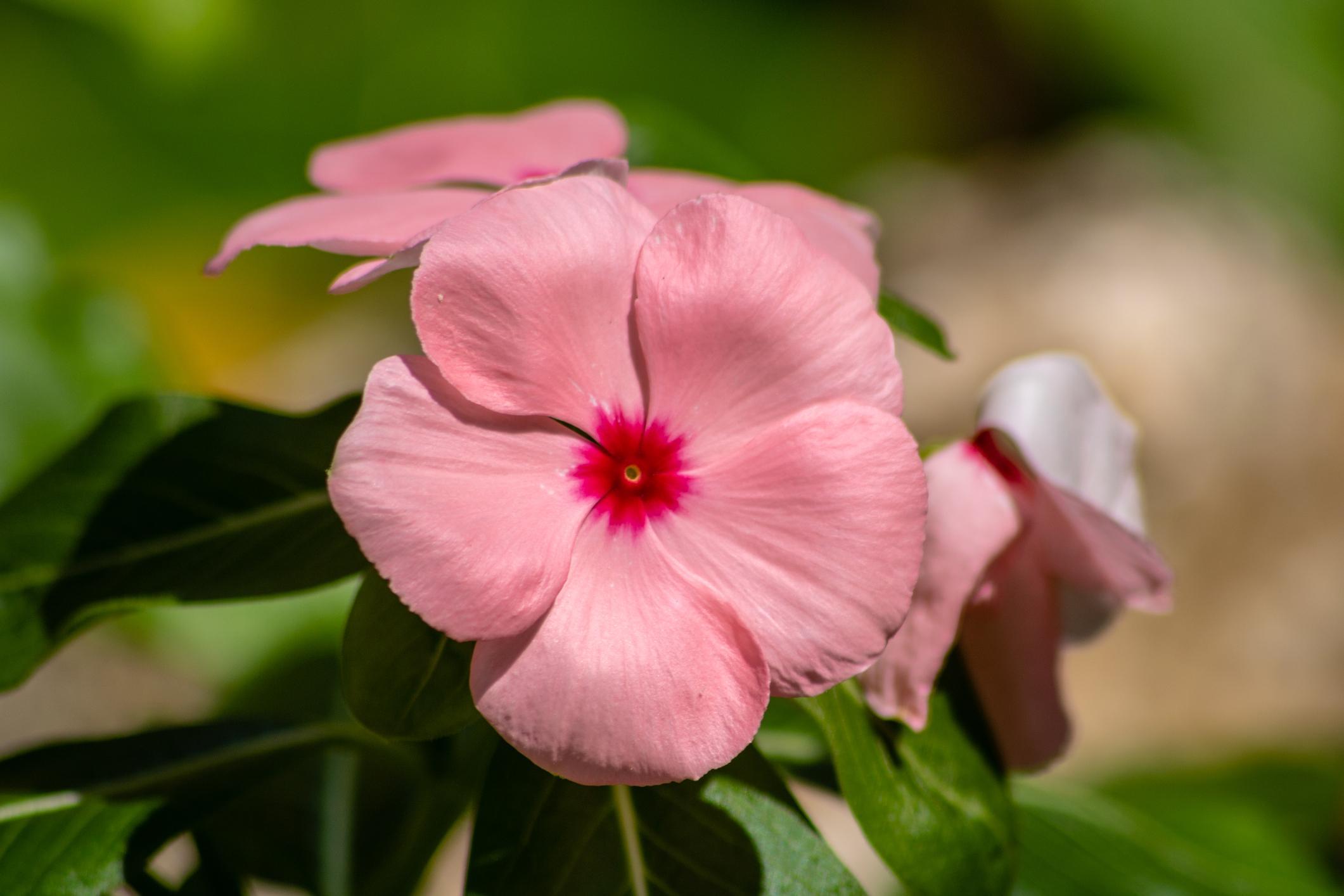Balsam Flower Plant Care Guide


Commonly called balsam in the US and busy Lizzie in the UK, Impatiens walleriana is a flowering plant which is native to Africa, but is now used as an ornamental plant all over the world. It can be used both indoors and outdoors, depending on whether its essential care needs are met. They can grow qickly and have a great flowering capacity, as well as a fairly resistant structure.
At thedailyECO, we explain everything you need to care for Impatiens walleriana with our balsam flower plant care guide. We explain how to care for this plant in terms of light, water, soil and other important factors. We also show you how to plant balsam flowers in propagation.
Characteristics of the balsam flower
Balsam flowers are plants in the genus Impatiens, native to Africa. It is a perennial herbaceous plant that reaches up to 24" (60 cm) in height. It stands out for its ability to produce flowers throughout the year if they receive proper care. Its flowers range from white to red, but can also present in shades of pink or lilac.
A related plant of this genus is the New Guinea impatiens (Impatiens hawkeri , a relative that has been hybridized for use in the garden. There is also Impatiens balsamina, which is also known as the balsam. Most commercially found species are hybrids of balsam.
We will now explain some aspects of the life of these plants so that you take them into account when caring for them. This will act as a basic care guide for Impatiens walleriana.

Location and light
When choosing the location of the balsam flower plant, you must take into account that the plant needs a very bright environment. However, we must avoid prolonged direct exposure in the strongest hours of sun. This can wither its flowers. If you are going to plant it in the garden, do it in a semi-shaded space. If you decide to keep balsam as a type of indoor plant, we recommend that you place the pot in a very bright space away from the midday sun.
Regarding the pot, balsam chokes when its roots get tangled. It is advisable to change the pot to a larger one in spring, but only if it really needs it and its roots have covered all the space in the substrate.

Temperature
Impatiens walleriana is typical of tropical climates. If you live in environments where the temperature drops to 13 ºC/55.4 ºF or less, your balsam may suffer a lot. When we talk about hot climates, you should know that these plants can easily withstand temperatures of up to 24 ºC/75.2 ºF. Ideally they should be somewhat below this value.
Irrigation and humidity
Balsam flower plants have a great capacity to retain water, but they appreciate always being in moist soil. In winter, a weekly watering will be enough. During the summer you will have to water the balsam flower often. Always avoiding wetting the leaves when you water so they do not suffer a fungal infection.
Learn more about fungal infections in plants with our article on causes of black spots on leaves.
Soil
The plant will appreciate a contribution of liquid fertilizer that helps it to flower. This can be done weekly in the summer months. In winter you can space it out more or even stop it altogether, especially if you live in cold climate areas. If you want to offer your plant a fertilizer that is as natural as possible, take a look at this article on the different types of homemade organic fertilizer for your plants.
Bloom
As we have already stated, a healthy balsam plant blooms practically all year round. This means that if the plant stops putting out new flowers, it is probably either because it needs a transplant or because it suffers from some deficiency related to the needs mentioned above.

Balsam flower plant propagation
The balsam flower plant is best propagated using cuttings. The method of balsam reproduction is very simple. If you have any doubts about how to reproduce it, follow these steps:
- To start, you need to cut the cuttings in spring or summer with stems of about 4" (10 cm).
- Next, remove the lower leaves and leave them in water until they develop some roots.
- Then, you can plant them in pots with moistened and fertilized substrate and keep them away from intense light for about 15 days.
- After that time, you can treat the cutting as an adult plant and dedicate the balsam care we have discussed here.
Find out about caring for other plants which can be propagated through cuttings with our guide to caring for a prayer plant.
Diseases and common pests of the balsam flower plant
The balsam flower is a plant quite resistant to most threats. It also does not tend to present problems of its own. However, there are two common issues that are worth keeping in mind:
- The first problem is fungi: if you live in cold or humid environments, if you have watered your balsam too much or have wet the leaves while doing so, the plant may be attacked by fungi. If this happens, you will be able to see them on their leaves and on their petals. At this point, we recommend you reduce the irrigation dose and use a fungicide, preferably homemade, to restore the plant's health.
- The second threat is the red spider: these tiny plant pests tend to appear only in very dry areas. The most common sign of a red spider infestation in your balsam is their recognizable brownish-hued webs and the fact the plant shows some leaves that are more curved than natural. To combat the spider, it is best to use an appropriate insecticide.
Learn about how to care for other common indoor and outdoor plants with our articles on caring for potted ivy and caring for agnapanthus in pots.
If you want to read similar articles to Balsam Flower Plant Care Guide, we recommend you visit our Plant care and cultivation category.








